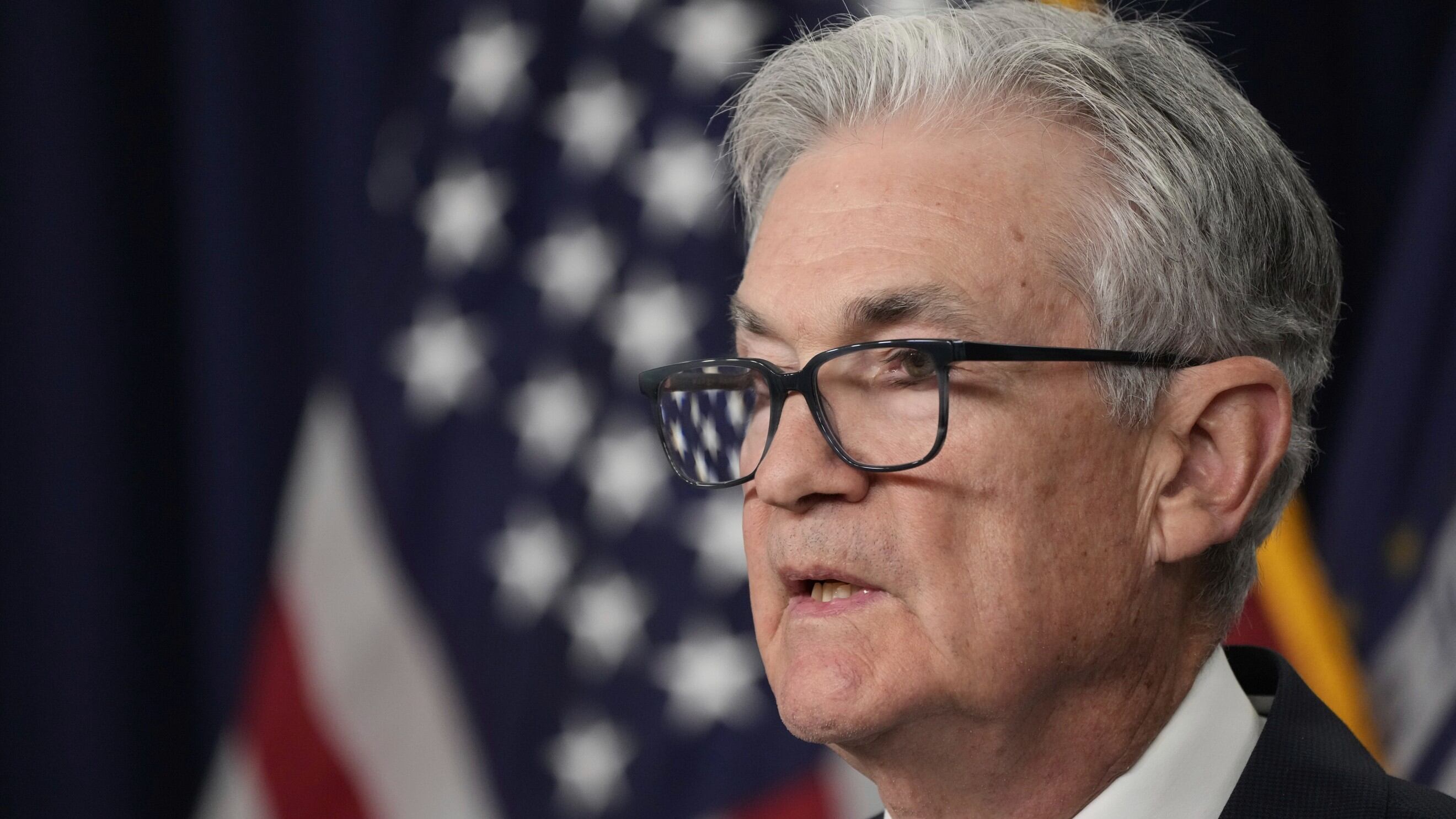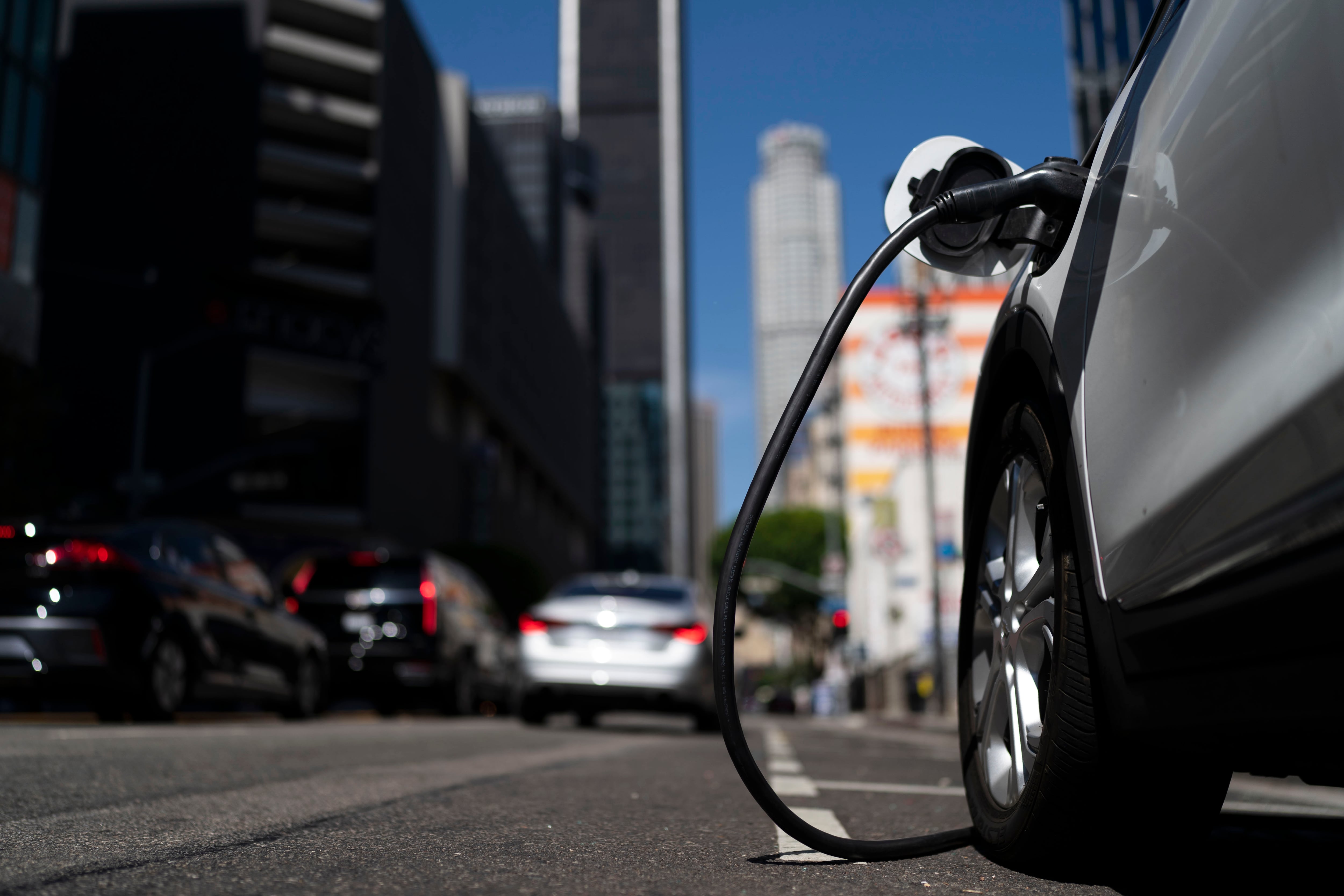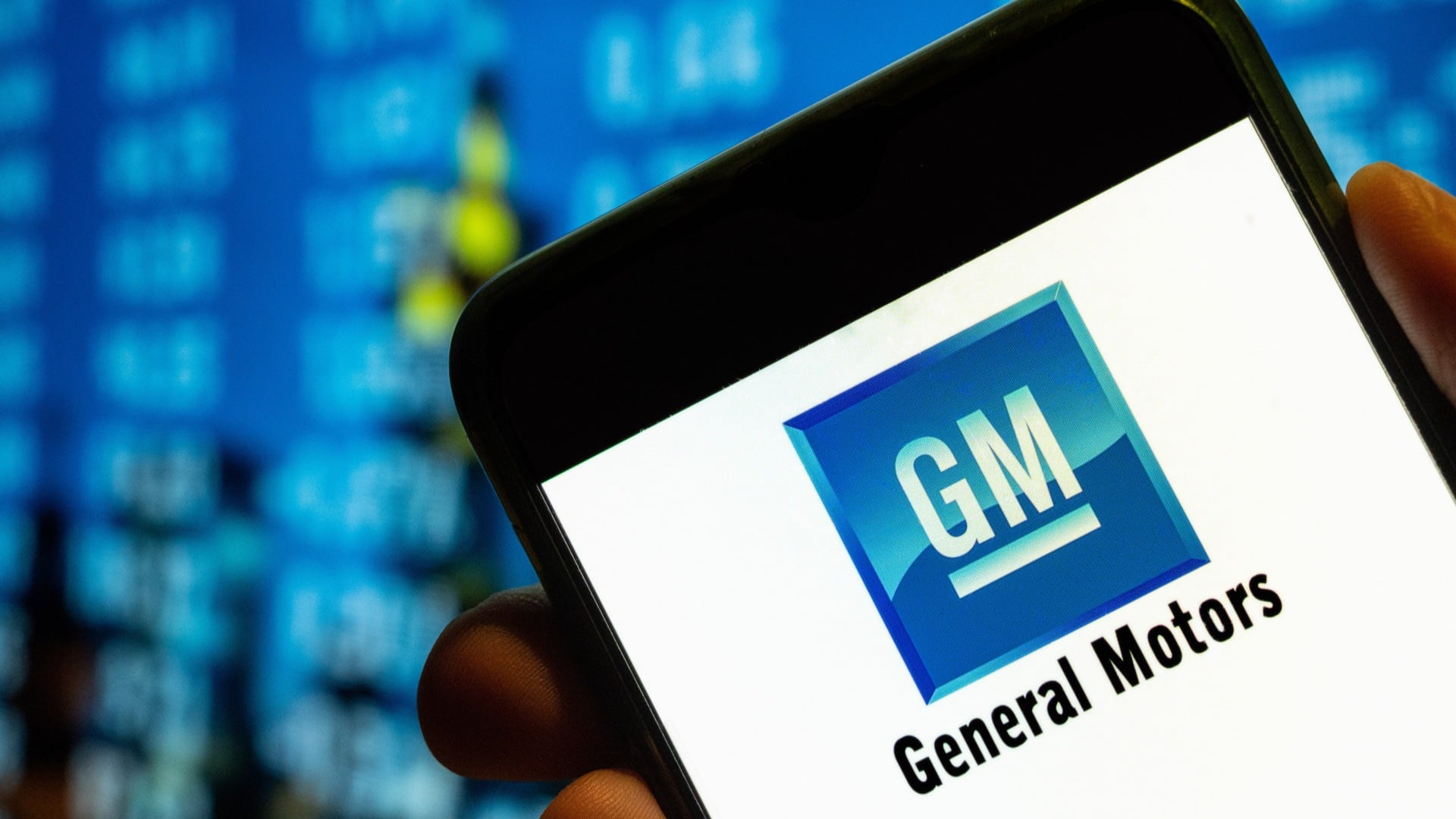Apple on Monday unveiled a long-rumored headset that will place its users between the virtual and real world, while also testing the technology trendsetter's ability to popularize new-fangled devices after others failed to capture the public's imagination.
After years of speculation, Apple CEO Tim Cook hailed the arrival of the sleek goggles — dubbed "Vision Pro" — at the company's annual developers conference held on a park-like campus in Cupertino, California, that Apple's late co-founder Steve Jobs helped design.
“This marks the beginning of a journey that will bring a new dimension to powerful personal technology," Cook told the crowd.
Although Apple executives provided an extensive preview of the headset's capabilities during the final half hour of Monday's event, consumers will have to wait before they can get their hands on the device and prepare to pay a hefty price to boot. Vision Pro will sell for $3,500 once it's released in stores early next year.
“It's an impressive piece of technology, but it was almost like a tease,” said Gartner analyst Tuong Nguyen. “It looked like the beginning of a very long journey."
The headset could become another milestone in Apple’s lore of releasing game-changing technology, even though the company hasn’t always been the first to try its hand at making a particular device.
Apple's lineage of breakthroughs date back to a bow-tied Jobs peddling the first Mac in 1984 —a tradition that continued with the iPod in 2001, the iPhone in 2007, the iPad in 2010, the Apple Watch in 2014 and its AirPods in 2016.
The company emphasized that it drew upon its past decades of product design during the years it spent working on the Vision Pro, which Apple said involved more than 5,000 different patents.
The headset will be equipped with 12 cameras, six microphones and variety of sensors that will allow users to control it and various apps with just their eyes and hand gestures. Apple said the experience won't cause the recurring nausea and headaches that similar devices have in the past. The company also developed a technology to create a three-dimensional digital version of each user to display during video conferencing.
Although Vision Pro won't require physical controllers that can be clunky to use, the goggles will have to either be plugged into a power outlet or a portable battery tethered to the headset — a factor that could make it less attractive for some users.
“They’ve worked hard to make this headset as integrated into the real world as current technology allows, but it’s still a headset,” said Insider Intelligence analyst Yory Wurmser, who nevertheless described the unveiling as a “fairly mind-blowing presentation” likely to help overcome of the skepticism about the technology.
Even so, analysts are not expecting the Vision Pro to be a big hit right away. That's largely because of the hefty price, but also because most people still can't see a compelling reason to wear something wrapped around their face for an extended period of time.
If the Vision Pro turns out to be a niche product, it would leave Apple in the same bind as other major tech companies and startups that have tried selling headsets or glasses equipped with technology that either thrusts people into artificial worlds or projects digital images onto scenery and things that are actually in front of them — a format known as “augmented reality.”
Facebook founder Mark Zuckerberg has been describing these alternate three-dimensional realities as the “metaverse.” It's a geeky concept that he tried to push into the mainstream by changing the name of his social networking company to Meta Platforms in 2021 and then pouring billions of dollars into improving the virtual technology.
But the metaverse largely remains a digital ghost town, although Meta's virtual reality headset, the Quest, remains the top-selling device in a category that so far has mostly appealed to video game players looking for even more immersive experiences. Cook and other Apple executives avoided referring to the metaverse in their presentations, describing the Vision Pro as the company's first leap into “spatial computing” instead.
The response to virtual, augmented and mixed reality has been decidedly ho-hum so far. Some of the gadgets deploying the technology have even been derisively mocked, with the most notable example being Google's internet-connected glasses released more than a decade ago.
Microsoft also has had limited success with HoloLens, a mixed-reality headset released in 2016, although the software maker earlier this year insisted it remains committed to the technology.
Magic Leap, a startup that stirred excitement with previews of a mixed-reality technology that could conjure the spectacle of a whale breaching through a gymnasium floor, had so much trouble marketing its first headset to consumers in 2018 that it has since shifted its focus to industrial, health care and emergency uses.
Wedbush Securities analyst Dan Ives expects a lukewarm response to the Vision Pro initially, estimated Apple will sell 150,000 of the headsets during its first year on the market before escalating to 1 million headsets sold during the second year — a volume that would make the goggles a mere speck in the company's portfolio.
By comparison, Apple sells more than 200 million of its marquee iPhones a year. But the iPhone wasn't an immediate sensation, with sales of fewer than 12 million units in its first full year on the market.












